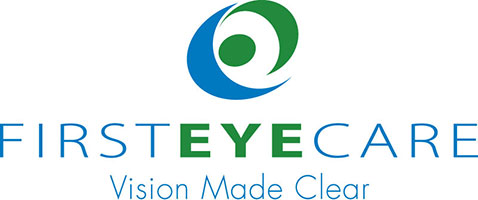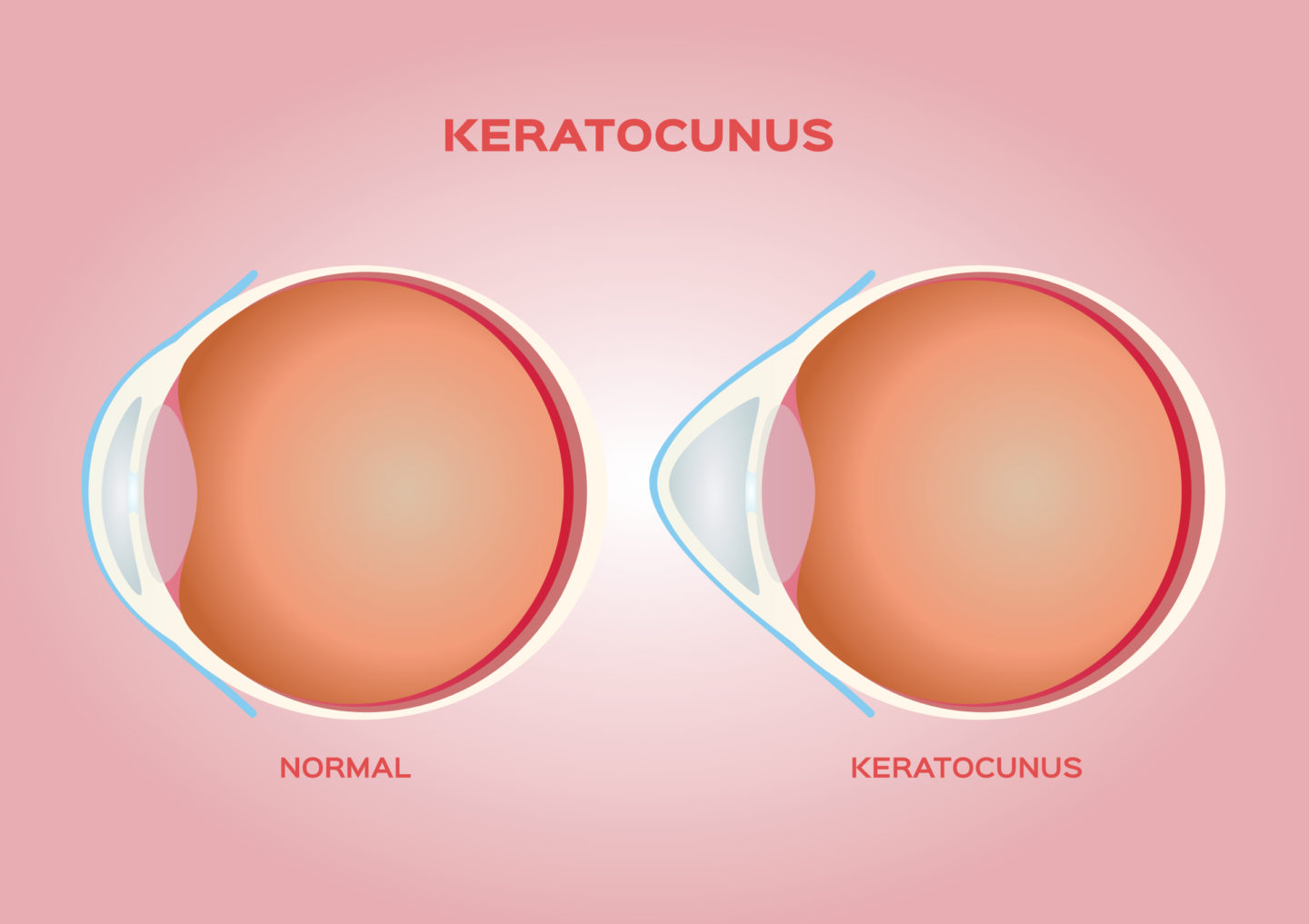There are Many Treatment Options for Keratoconus
Keratoconus is a progressive eye condition that affects the cornea, causing it to bulge out. As the disease worsens, the cornea (the clear window at the front of the lens) starts to thin, eventually taking on a cone-like shape. While individuals with mild keratoconus may only need to wear eyeglasses to correct the problem, others must turn to other, more serious treatment options.
Today we are going to look at some of the top treatments for this condition. If you have been diagnosed with this common eye problem, we encourage you to contact First Eye Care DFW and make an appointment for a comprehensive eye exam. The sooner you start treatment for it, the better. Unfortunately, the exact cause of keratoconus is unknown, making it challenging to find the right solution for each person’s case. Numerous treatment options can make life with keratoconus easier.
What is Keratoconus?
With keratoconus, the eye deflects light as it comes in, leading to distorted vision. Not only is your vision off, but your eyes can become very sensitive to light. It can affect either just one eye or both, depending. In most cases, it starts when the person is in their late teens or early 20s.
What are the symptoms?
When the cornea starts to take on this irregular shape, it can lead to severe nearsightedness or even irregular astigmatism. Distorted or blurred vision, glare, and light sensitivity are also common complications of this eye condition. If you notice any of these signs or if your vision just seems off, contact First Eye Care DFW and schedule an appointment with an optometrist.
Treating Keratoconus
As mentioned, individuals diagnosed with a mild form of keratoconus may only need to wear eyeglasses or soft contact lenses. However, if the disease progresses (like it probably will), the cornea can become very irregular in shape, requiring additional treatment.
Some of the most effective treatment options for keratoconus include:
- Corneal cross-linking – This procedure is designed to strengthen the corneal tissue to stop the bulging that comes with keratoconus. Corneal cross-linking, or CXL, is recommended during the early stages of keratoconus.
- Gas permeable contact lenses – Gas permeable (GP) contact lenses are a popular solution for those dealing with this condition. They can create a shield over the cornea, completely erasing its irregular shape. Patients who wear GP lenses usually notice improved vision, less glare, and less sensitivity to light.
- Soft contact lenses – A more recent development, many soft contact lens manufacturers have started to create custom lenses that correct mild-to-moderate keratoconus. The lenses will be made based on the patient’s keratoconus eye(s) and are much more comfortable than other lenses used to treat the disease.
- Hybrid contact lenses – Hybrid lenses were specifically made for keratoconus, making them a great comfortable option.
- Prosthetic lenses – If keratoconus has progressed and is in an advanced stage, prosthetic scleral lenses may be necessary. Today many of these lenses are 3D printed, providing accurate and comfortable lenses for patients.
To learn more about any of the above keratoconus treatments or to talk to an optometrist about your symptoms, please contact First Eye Care DFW today.



